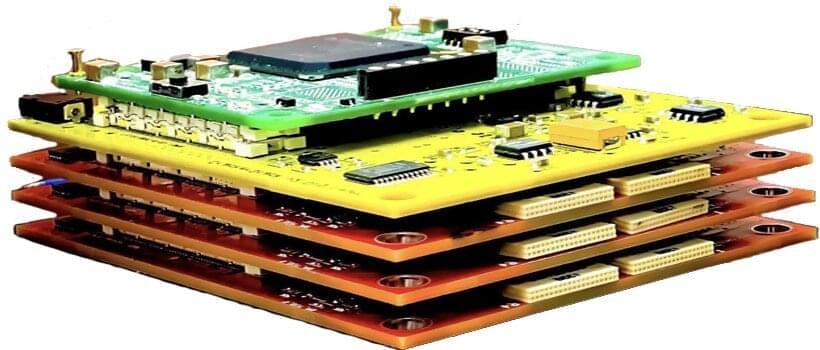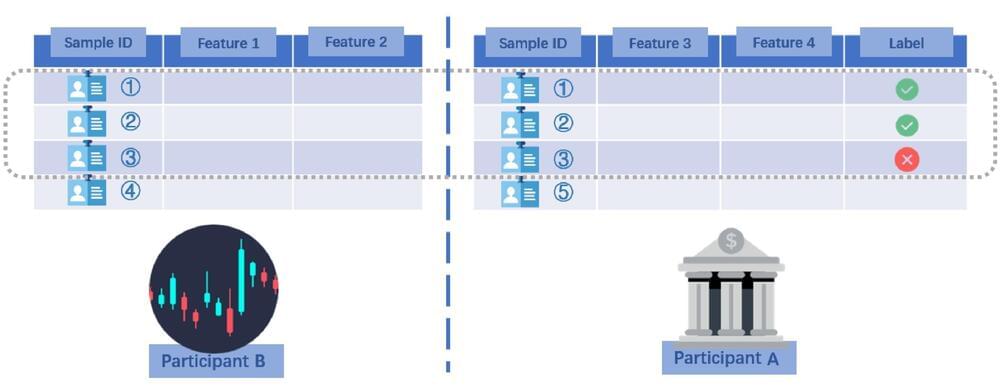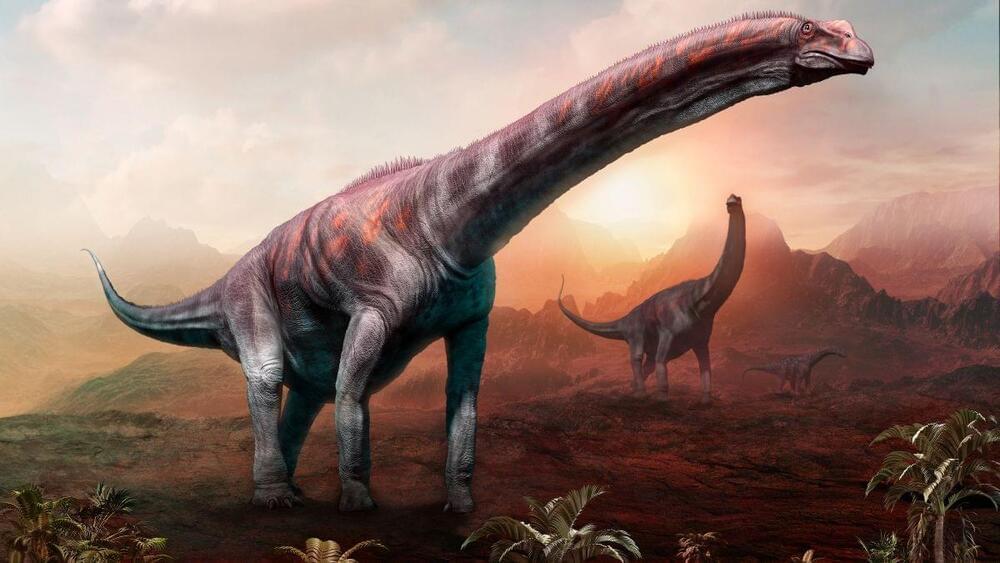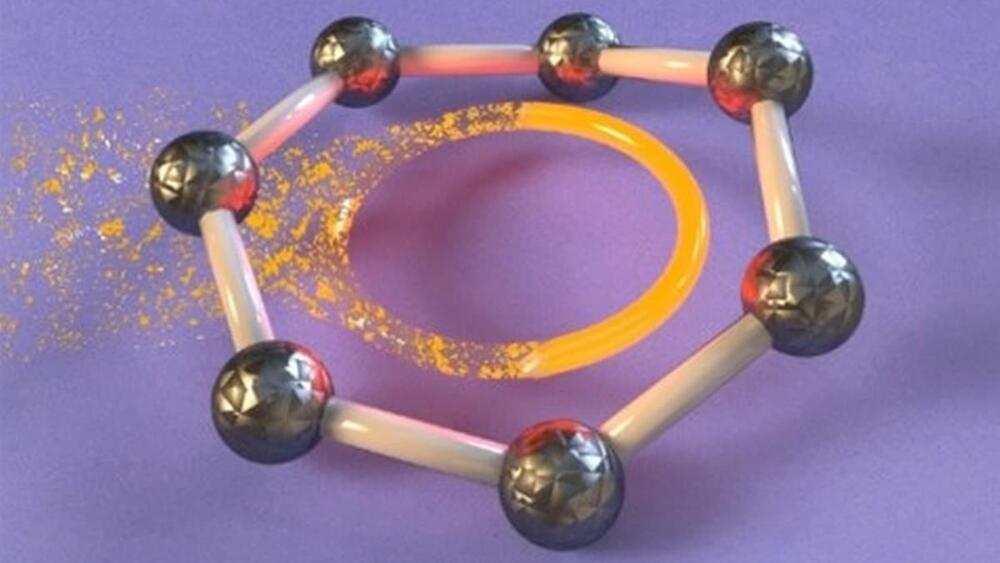Did Google get scared of AI? Is that why Microsoft is now leading? 😃
Researchers developed a powerful chatbot years before rival ChatGPT went viral. After management stalled its release, they quit.


New technologies can greatly advance research in various fields, including medicine and neuroscience. In recent years, for instance, engineers have created increasingly sophisticated devices to record brain activity and other biological signals with high precision.
A multi-disciplinary research team at University of California, Los Angeles (UCLA) and other institutes in the U.S. have recently developed the Neuro-stack, a new wearable technology that can record the activity of single neurons in the brain as a human being is walking or moving. This device, presented in a paper published in Nature Neuroscience, could help to gather valuable insight about neuronal activity during walking, while also potentially improving treatments for brain disorders.
“Our study was motivated by the need for smaller size and more flexible devices for clinical neuroscience,” Dejan Markovic, one of the researchers who carried out the study, told Medical Xpress. “Our primary objectives were to make a device that is small enough to be wearable, for mobile experiments, and to provide broadband recordings including local field potentials and single units.”

As the use of machine learning (ML) algorithms continues to grow, computer scientists worldwide are constantly trying to identify and address ways in which these algorithms could be used maliciously or inappropriately. Due to their advanced data analysis capabilities, in fact, ML approaches have the potential to enable third parties to access private data or carry out cyberattacks quickly and effectively.
Morteza Varasteh, a researcher at the University of Essex in the U.K., has recently identified new type of inference attack that could potentially compromise confidential user data and share it with other parties. This attack, which is detailed in a paper pre-published on arXiv, exploits vertical federated learning (VFL), a distributed ML scenario in which two different parties possess different information about the same individuals (clients).
“This work is based on my previous collaboration with a colleague at Nokia Bell Labs, where we introduced an approach for extracting private user information in a data center, referred to as the passive party (e.g., an insurance company),” Varasteh told Tech Xplore. “The passive party collaborates with another data center, referred to as the active party (e.g., a bank), to build an ML algorithm (e.g., a credit approval algorithm for the bank).”
Researchers are coming to understand that the best performing materials in sustainable energy applications, such as converting sunlight or waste heat to electricity, often use collective fluctuations of clusters of atoms within a much larger structure. This process is often referred to as “dynamic disorder.”
Understanding dynamic disorder in materials could lead to more energy-efficient thermoelectric devices, such as solid-state refrigerators and heat pumps, and also to better recovery of useful energy from waste heat, such as car exhausts and power station exhausts, by converting it directly to electricity. A thermoelectric device was able to take heat from radioactive plutonium and convert it to electricity to power the Mars Rover when there was not enough sunlight.
When materials function inside an operating device, they can behave as if they are alive and dancing—parts of the material respond and change in amazing and unexpected ways. This dynamic disorder is difficult to study because the clusters are not only so small and disordered, but they also fluctuate in time. In addition, there is “boring” non-fluctuating disorder in materials that researchers aren’t interested in because the disorder doesn’t improve properties. Until now, it has been impossible to see the relevant dynamic disorder from the background of less relevant static disorder.


End of the universe would look like?
It’s difficult to speak of the far future of the universe with any level of precision, but we can make rough estimates. Our cosmos is currently 13.77 billion years old, and galaxies throughout the universe will continue making new stars for many years to come. But eventually—roughly one trillion years from now—the last star will be born.
That star will likely be a small red dwarf, barely a fraction of our sun’s mass. Red dwarf stars live fantastically long lives, gently sipping on hydrogen to power a slow but steady fusion reaction. But eventually, all stars, including the red dwarfs, will come to an end. In roughly 100 trillion years, the last light will go out.
To try everything Brilliant has to offer—free—for a full 30 days, visit http://brilliant.org/ArtemKirsanov/.
The first 200 of you will get 20% off Brilliant’s annual premium subscription.
My name is Artem, I’m a computational neuroscience student and researcher. In this video we talk about the concept of critical point – how the brain might optimize information processing by hovering near a phase transition.
Patreon: https://www.patreon.com/artemkirsanov.
Twitter: https://twitter.com/ArtemKRSV
OUTLINE:
00:00 Introduction.
01:11 — Phase transitions in nature.
05:05 — The Ising Model.
09:33 — Correlation length and long-range communication.
13:14 — Scale-free properties and power laws.
20:20 — Neuronal avalanches.
25:00 — The branching model.
31:05 — Optimizing information transmission.
34:06 — Brilliant.org.
35:41 — Recap and outro.
The book: https://mitpress.mit.edu/9780262544030/the-cortex-and-the-critical-point/
REFERENCES (in no particular order):
In recent years, the field of artificial intelligence has made tremendous strides, but what happens when #AI systems become #selfaware? In this video, we’ll explore the concept of AI self-awareness, its #scary implications for society, and what it means for the #future of AI.
AI self-awareness is the ability of an #artificialintelligence system to recognize its own existence and understand the consequences of its actions. While there are different levels of self-awareness that an AI system could potentially exhibit, it generally involves the system being able to recognize and respond to changes in its own state.
One way that researchers are exploring AI self-awareness is by using neural networks and other machine learning algorithms. For example, researchers have created AI systems that can recognize and respond to their own errors, which is an important first step in developing higher-order self-awareness.
#Kassandra #JoshBachynski, #aiscarystories #aihorrorstories #scarystories #scarystory #horrorstories #horrorstory #realstories #realhorrorstories #realscarystories #truestories #truestory #creapystories #AIScarystory #AIHorror #artificialintelligence #scaryai #scaryartificialintelligence #trueaiscarystories #truescarystories.
📺 Watch the entire video for more information!
🤖My channel:
(True) Scary AI Topics, AI disasters, AI Threats, Artificial Intelligence and other thrilling AI eventsevents.

Aromatic bonds, particularly strong chemical bonds which form in some ring-shaped molecules, are a crucial building block of the world around us. They appear in everything from proteins to aspirin, and literally millions of natural and synthetic substances in between.
The bonds are very hard to break and to control, and their properties have puzzled chemists for more than a century.
Which is just the motivation chemists needed to break and control them, and now a group of UK researchers has figured out how to twist an aromatic bond until it breaks.

Despite AI’s impressive track record, its computational power pales in comparison with a human brain. Now, scientists unveil a revolutionary path to drive computing forward: organoid intelligence, where lab-grown brain organoids act as biological hardware.
Artificial intelligence (AI) has long been inspired by the human brain. This approach proved highly successful: AI boasts impressive achievements – from diagnosing medical conditions to composing poetry. Still, the original model continues to outperform machines in many ways. This is why, for example, we can ‘prove our humanity’ with trivial image tests online. What if instead of trying to make AI more brain-like, we went straight to the source?
Scientists across multiple disciplines are working to create revolutionary biocomputers where three-dimensional cultures of brain cells, called brain organoids, serve as biological hardware. They describe their roadmap for realizing this vision in the journal Frontiers in Science.